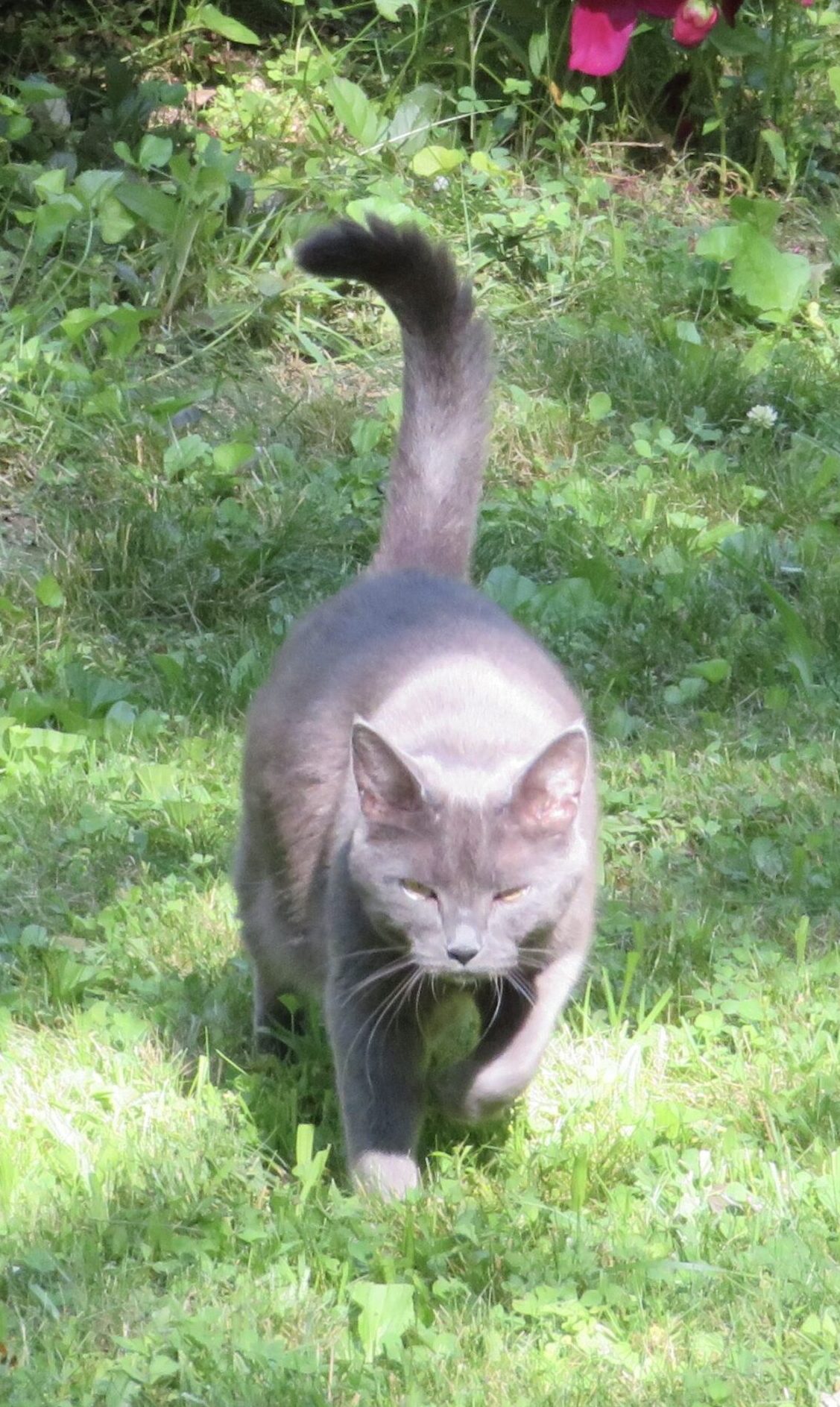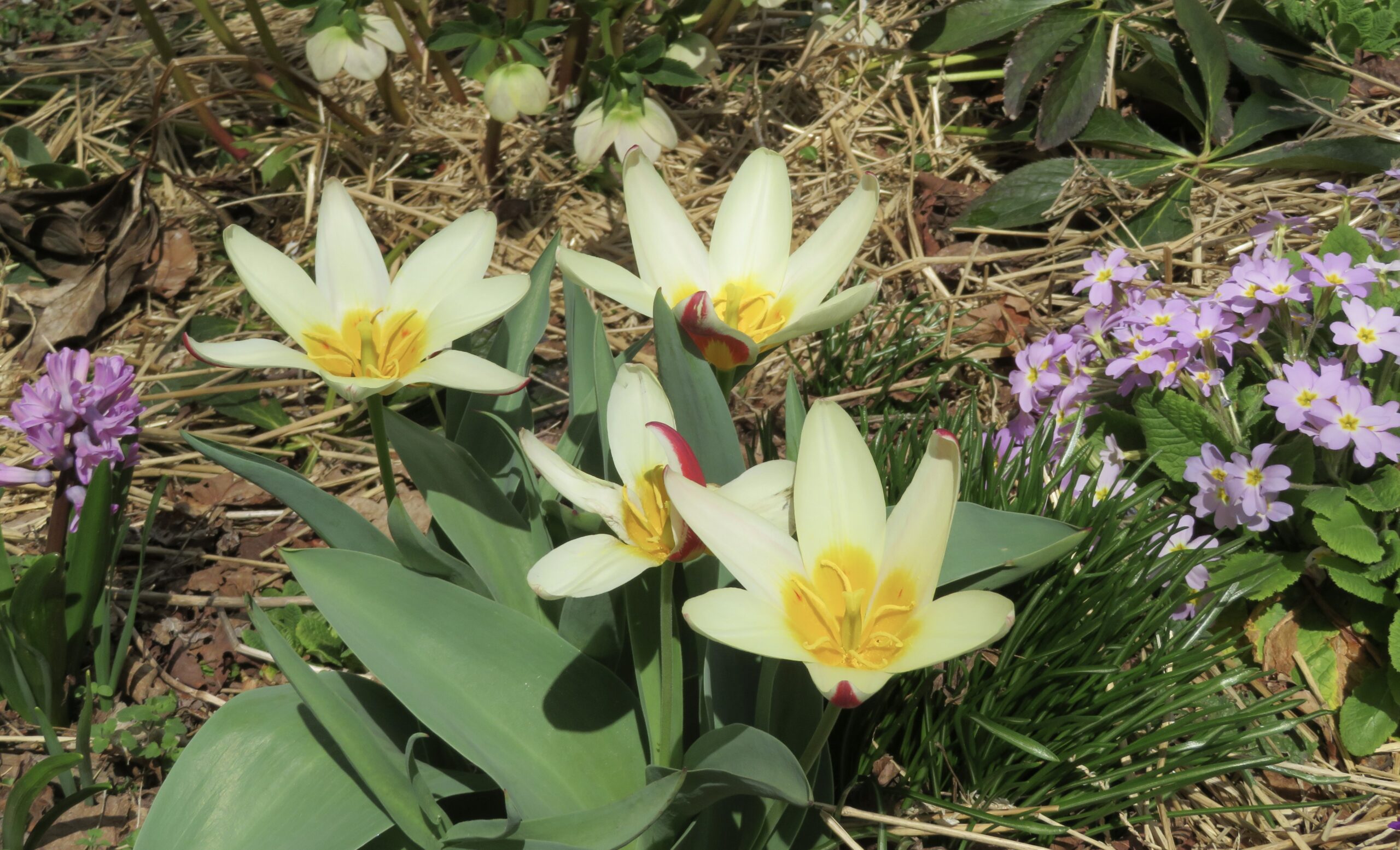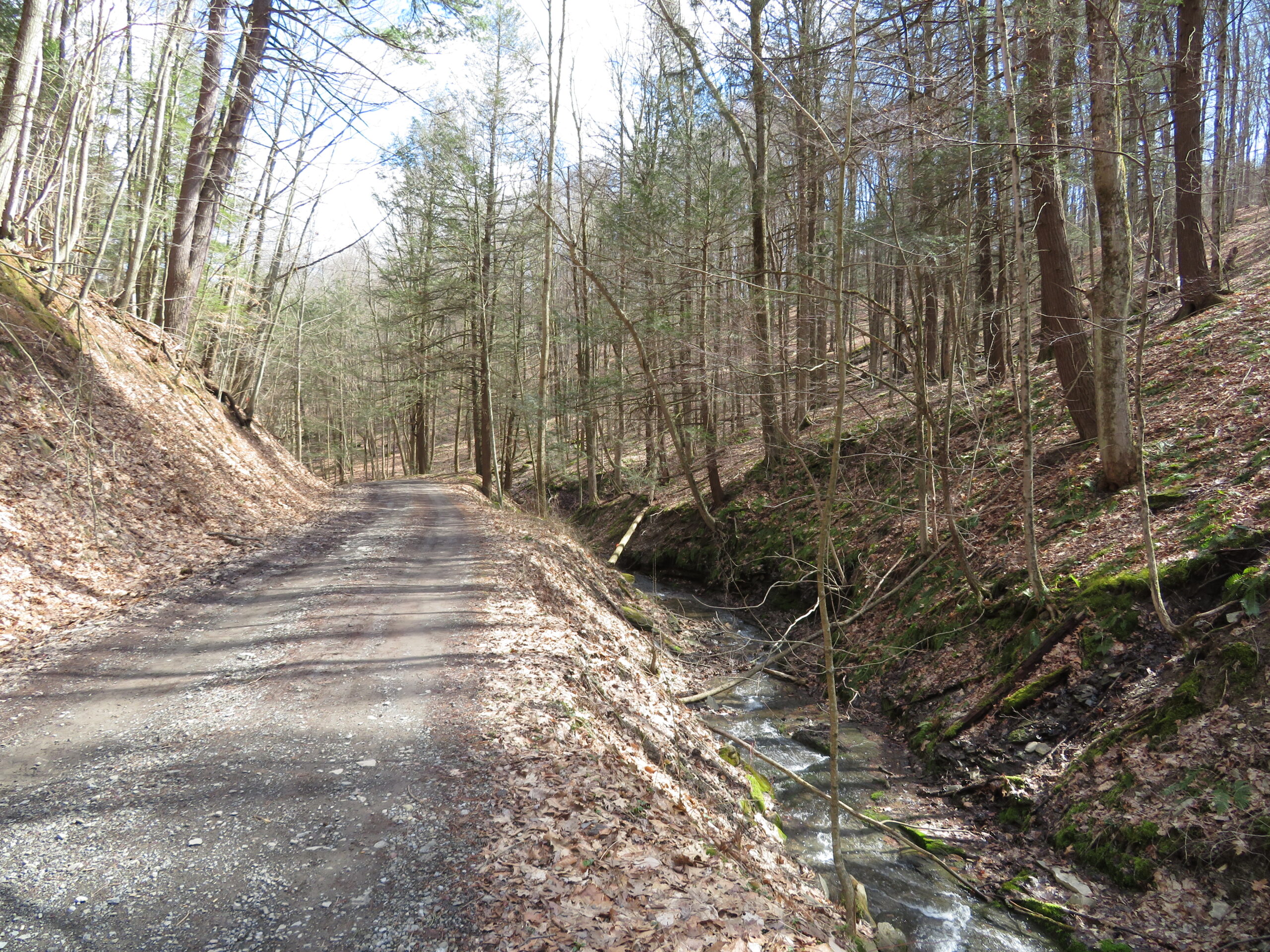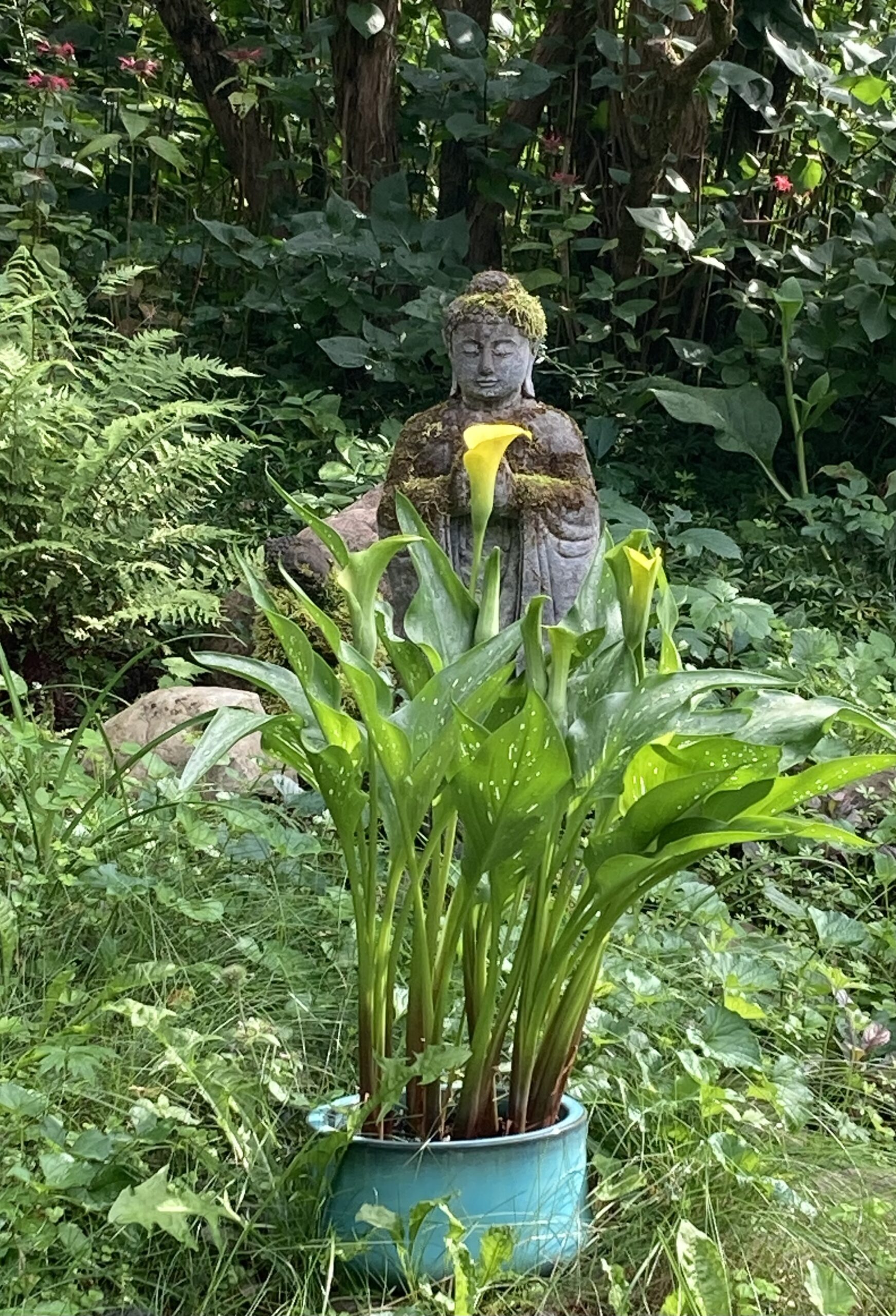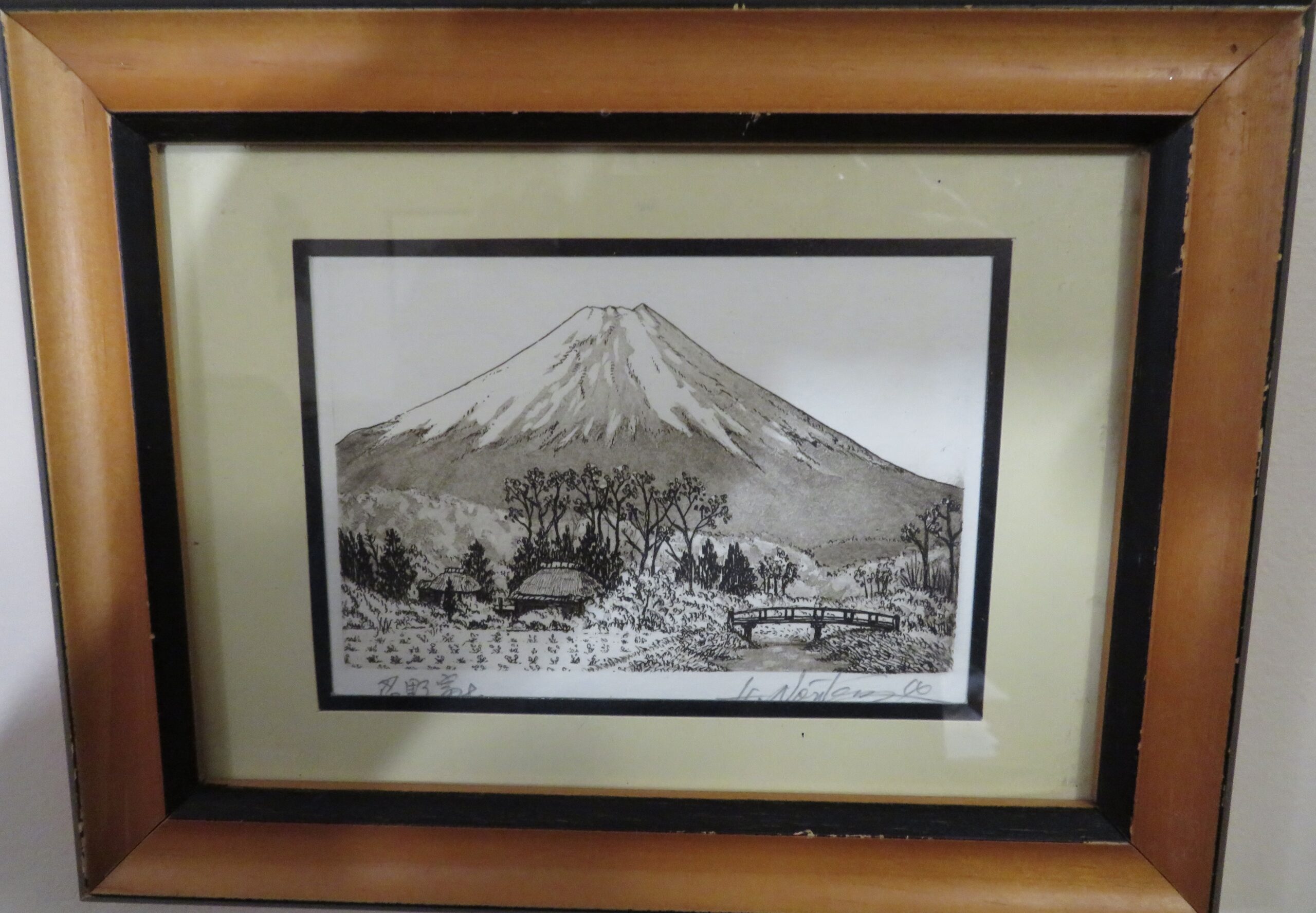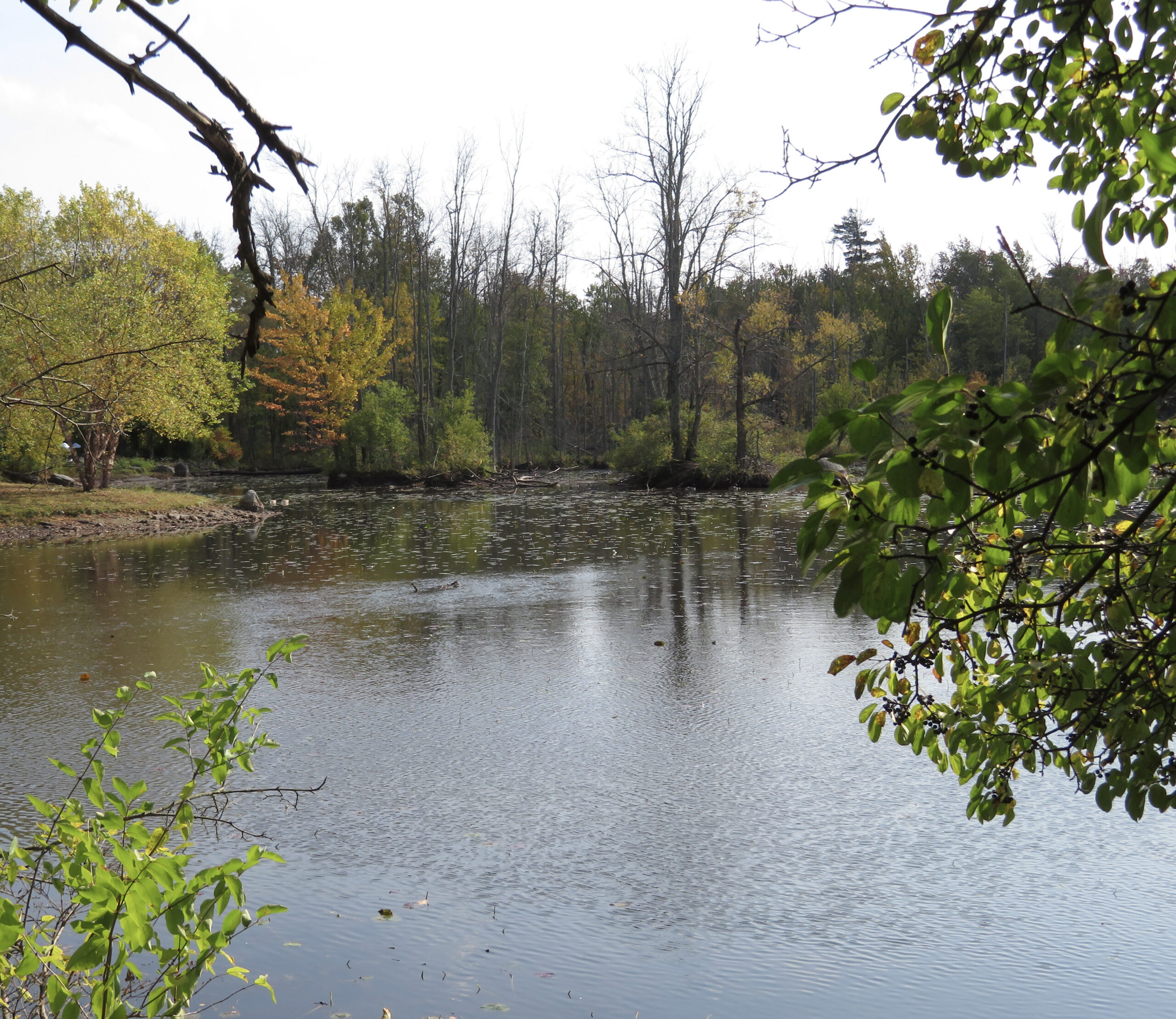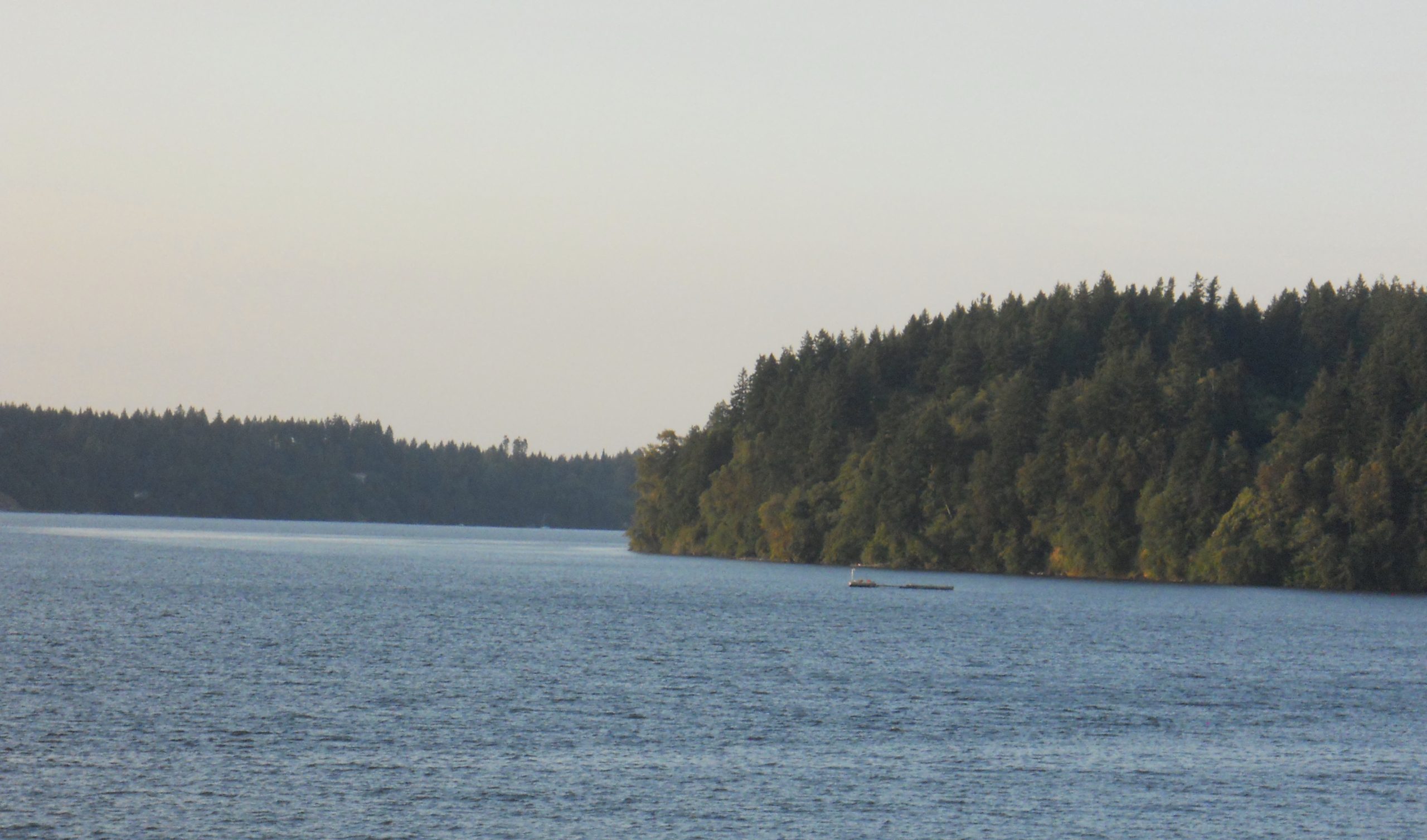Just yesterday, I was on my computer when I was tired. This is something I usually avoid. And there was an email labeled “scam alert.” My thought-brain screamed “fake.” Yet, as I said, I was tired. I opened it, regretted it immediately, deleted it, and became worried about possible malware. Then I was angry at myself for opening it and angry at the spam itself.
Every day, we all get so many scam emails, texts, or phone calls, or calls for donations or sales, things we just don’t want to interact with. And every year, it seems to get worse. We now need to erect a wall against our own phone, all communication devices, snail mail ⎼ so much wasted paper. Wasted time. So many businesses we interact with get hacked, so much of our information stolen. I won’t even go into social media. We need security on so many aspects of our lives, so many walls to put up and maintain, so much distancing.
And then there’s the news that can be so scary, of the climate emergency, of the threat to our right to vote, to job protections, to the right to control our own bodies and medical treatment. It can feel like we’re under siege. Being under siege, it’s difficult to feel comfortable, at home in ourselves, at home even in our home.
Yet earlier today, I remember watching one of my cats, Mikey, walking comfortably and with attention through the flower beds. I realized these beds, these flowers, and the trees around them, the stones and wind were his home. Not only our house, not even us, but all of it. Everything within his territory, at least, was home. Not just home but him. The borders of his territory were the borders of his skin.
We often suppress this border, this skin of place, by imagining our skin is our end⎼ and not a border that allows us to touch other borders and be embraced by other beings. We pay an enormous price for this suppression.
The American poet Robinson Jeffers wrote:
A severed hand
Is an ugly thing, and man dissevered from the earth
And stars and his history…
Often appears atrociously ugly.
Many humans have known the importance of place, indigenous cultures and others. I’ve been re-reading a book called Hunger Mountain: A Field Guide to Mind and Landscape, by the poet and translator of Chinese literature, David Hinton. Hinton says, “Things are themselves only as they belong to something more than themselves: I to we, we to earth, earth to planets and stars…” We recognize and become truly ourselves only with others, in whatever place, time, and universe we are in. We recognize the air we inhale is the air others exhale; we feel the streams of the earth as the veins of our bodies.
When I felt the fear from the possible malware embedded in the email, I at first didn’t want to deal with it. I knew intellectually that since I didn’t click on anything in the email itself⎼ and quickly turned off my computer, later changed my password and checked Malwarebytes⎼ there was little to fear. But still, some fear remained. And I wanted it gone. I wanted it out of my body and out of my mind….
*To read the whole article, please go to The Good Men Project.

